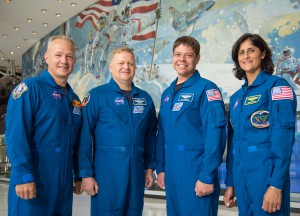 NASA’s Commercial Crew Program has contracted with American aerospace industry partners Boeing and SpaceX to return the capability to launch astronauts to the International Space Station (ISS) from American soil. This exciting program allows NASA to focus on deep-space exploration, while stimulating a growing spaceflight economy to low-Earth orbit.
NASA’s Commercial Crew Program has contracted with American aerospace industry partners Boeing and SpaceX to return the capability to launch astronauts to the International Space Station (ISS) from American soil. This exciting program allows NASA to focus on deep-space exploration, while stimulating a growing spaceflight economy to low-Earth orbit.
Now is your chance to ask Bob Behnken and Sunita “Suni” Williams about their selection to be among the first astronauts to train for commercial crew test flights! They are three months into their commercial crew assignments, and will answers questions live on NASA TV on Monday at 12:30 p.m. EDT. To participate, submit your questions in the comments below, tweet us @Commercial_Crew with #askNASA or post to our Facebook page with #askNASA. We’ll take questions in advance and live during the show.
A new generation of human-rated American spacecraft is in development under the Commercial Crew Program that will operate safe, reliable and cost-effective transportation to the space station. Instead of NASA designing and operating a new spacecraft, rocket and all the ground support equipment required for successful human space transportation system, the agency offered the aerospace industry a chance to apply its own innovations while still meeting NASA’s requirements.
Boeing’s CST-100 Starliner spacecraft will launch on a United Launch Alliance Atlas V, and SpaceX’s Crew Dragon spacecraft will launch on the company’s Falcon 9 rocket. These systems will send astronauts to the station where they can perform more of the research that is making life better on Earth, and preparing future astronauts for missions to an asteroid, Mars and beyond.
We hope you join us Monday to find out if Bob and Suni answer your question.
 Celebrate Halloween with our new coloring sheet featuring kids dressed up as members of the NASA Commercial Crew team! Boeing’s CST-100 Starliner and the SpaceX Crew Dragon are highlighted on their launch pads in Florida getting ready to carry astronauts to the International Space Station passing overhead. To get started, print out the coloring sheet linked here and start filling it in. Happy Halloween!
Celebrate Halloween with our new coloring sheet featuring kids dressed up as members of the NASA Commercial Crew team! Boeing’s CST-100 Starliner and the SpaceX Crew Dragon are highlighted on their launch pads in Florida getting ready to carry astronauts to the International Space Station passing overhead. To get started, print out the coloring sheet linked here and start filling it in. Happy Halloween!


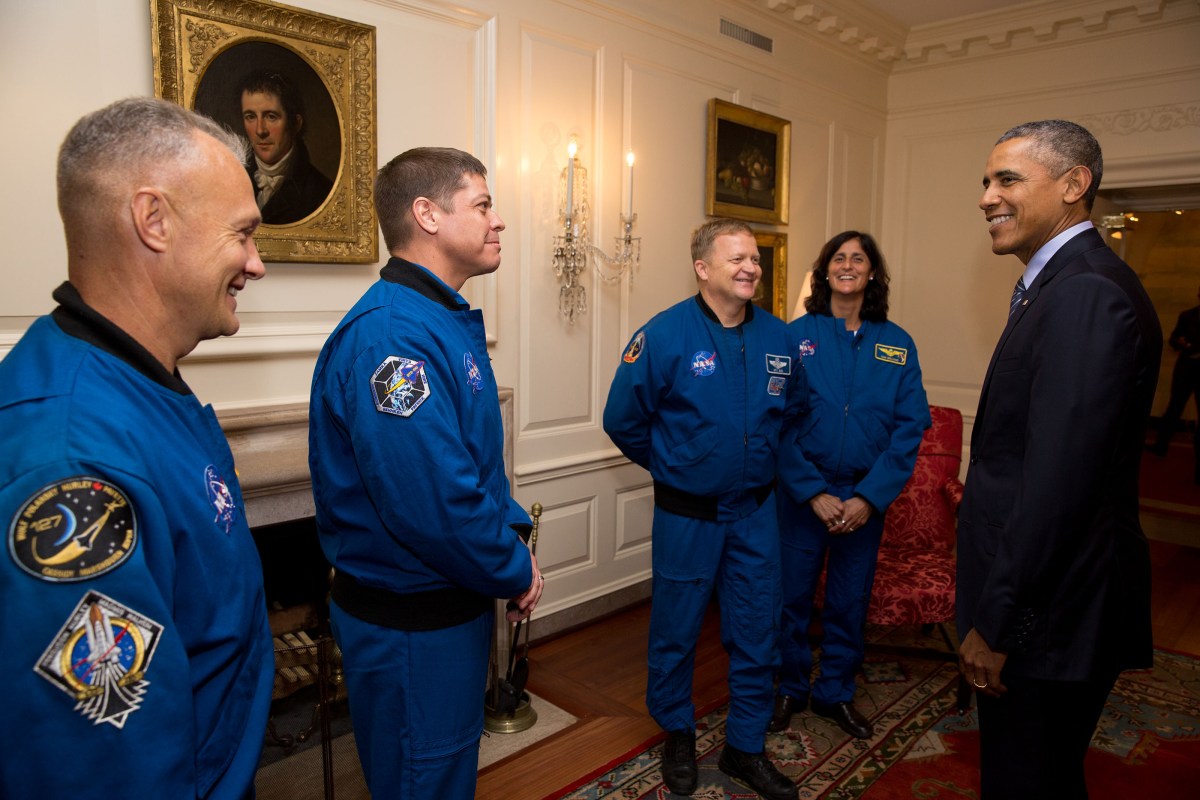
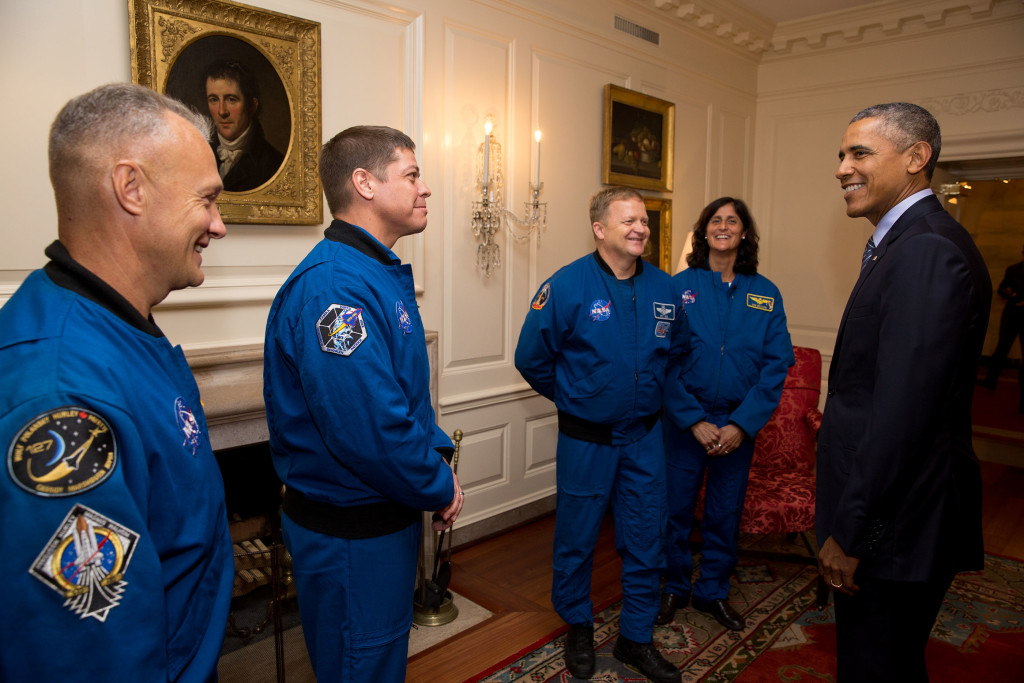
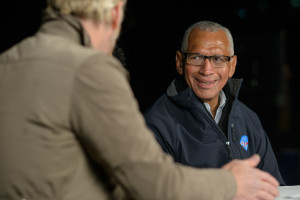 NASA Administrator Charlie Bolden, a veteran space flier, takes us inside the Astronomy Night festivities at the White House when President Obama met with the four astronauts selected to be the first to train to fly to space aboard commercial crew carriers as part of the agency’s Commercial Crew Program. You can read Bolden’s account of Monday’s star-filled night at the White House in his
NASA Administrator Charlie Bolden, a veteran space flier, takes us inside the Astronomy Night festivities at the White House when President Obama met with the four astronauts selected to be the first to train to fly to space aboard commercial crew carriers as part of the agency’s Commercial Crew Program. You can read Bolden’s account of Monday’s star-filled night at the White House in his 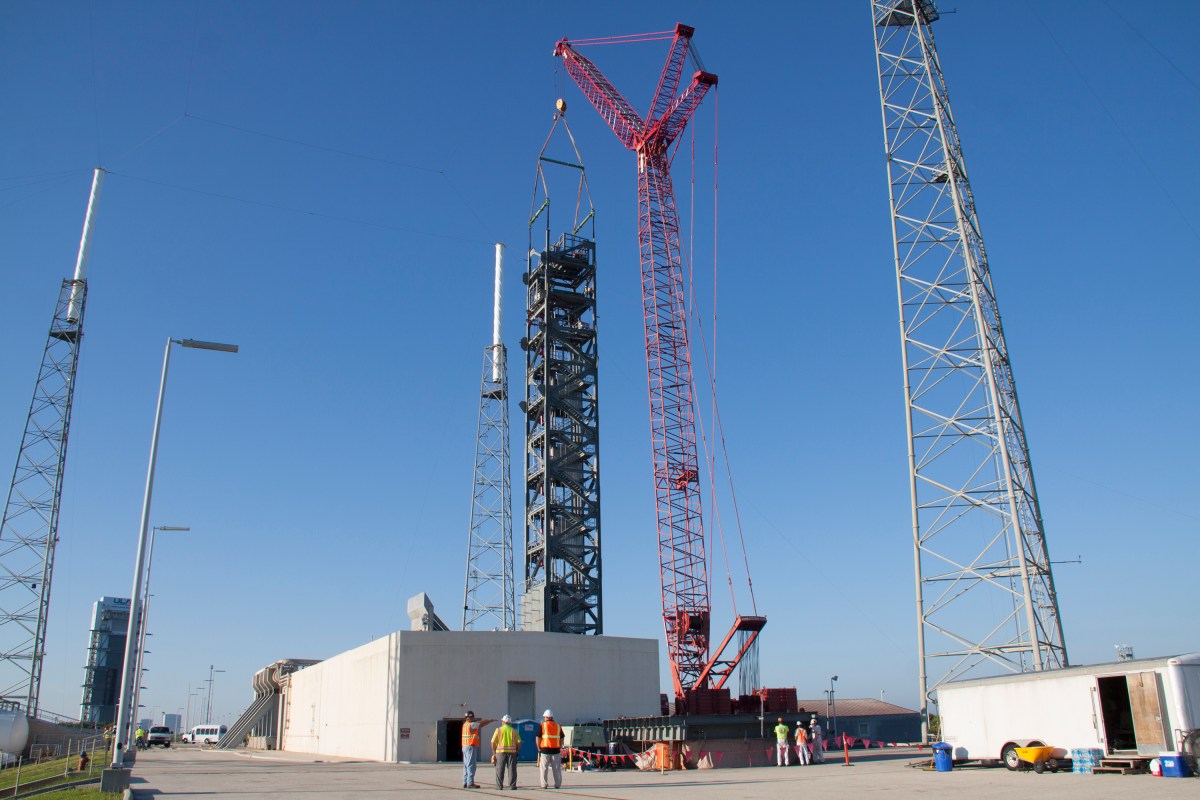





 NASA’s Commercial Crew Program has contracted with American aerospace industry partners Boeing and SpaceX to return the capability to launch astronauts to the International Space Station (ISS) from American soil. This exciting program allows NASA to focus on deep-space exploration, while stimulating a growing spaceflight economy to low-Earth orbit.
NASA’s Commercial Crew Program has contracted with American aerospace industry partners Boeing and SpaceX to return the capability to launch astronauts to the International Space Station (ISS) from American soil. This exciting program allows NASA to focus on deep-space exploration, while stimulating a growing spaceflight economy to low-Earth orbit.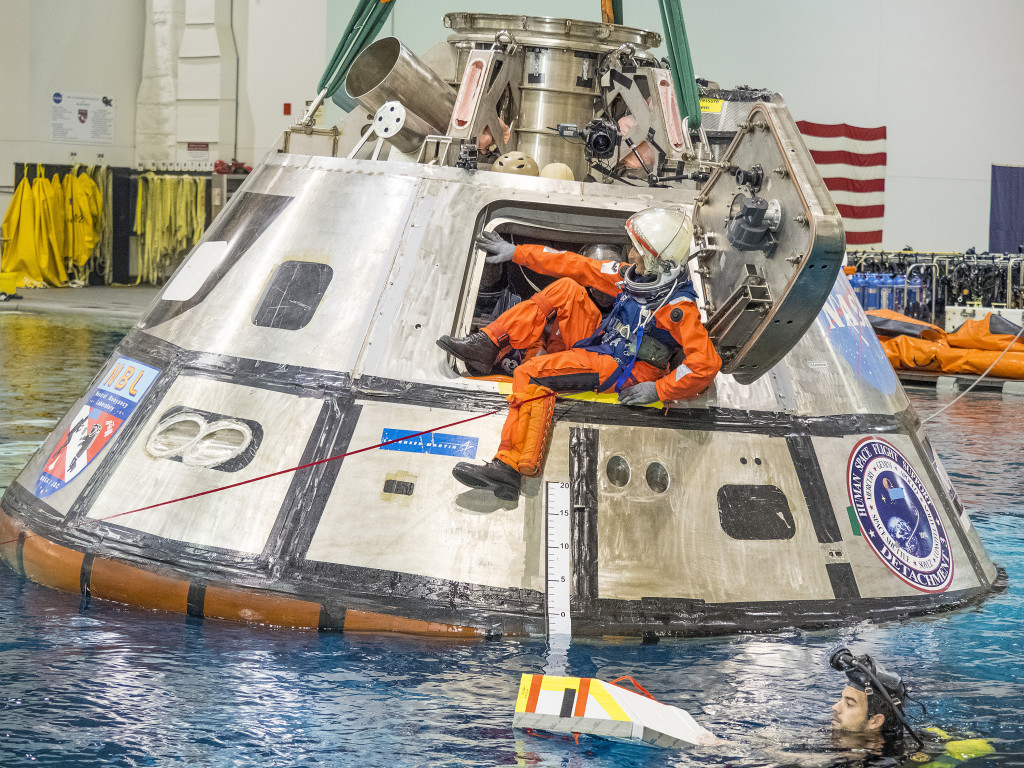 Astronauts and ground support teams are bobbing in a unique pool in Houston to find out the best way to
Astronauts and ground support teams are bobbing in a unique pool in Houston to find out the best way to